MARKET OVERVIEW
The Global Canned Wine market and its industry are set to redefine the landscape of wine consumption in the coming years. The trend toward convenience and portability, along with growing focus on entertaining and consumable menu options in homes, will radically shift the canned wine market away from traditional wine packaging. In the next decade, more people from across geography will be drawn to drinking canned wine as it slowly becomes the norm, thanks to the urbanization of lifestyles and the evolution of consumer preferences. Packaging innovation will captivate consumers and reach across varied perspectives-from millennials hoping for some convenience to environmentally conscious Ugandans looking at sustainable alternatives.
At the time of the ascent of the Global Canned Wine market, there will be a boom in consumer preferences shifting toward single serving portions meant for on-the-go consumption. Brought in by some quarters, where glass bottles no longer enjoy favor, wine in cans will be pitched as the ideal alternative for picnics, outdoor activities, and alcohol-included gatherings. The market is going to provide much more than simply an alternative to glass bottles: it opens smaller wineries to enter the lucrative market with affordable and available options. More attitudes about what wine is perceived as will be changed to be less formal and more approachable.
Economic sustainability will be factors in the revolution of the Global Canned Wine market because of its impact on the environment with increasing issues regarding plastic waste and carbon footprints. Demand for aluminum cans as the eco-friendly choice should further increase since aluminum can be recycled more efficiently than glass. Also, the growing world environmental movements would soon hatch more initiatives from wine producers to embrace this format. Gradually, the industry would realign production and packaging toward sustainability too.
The quality of canned wine will reach a stage where it will be able to convince even the pessimistic wine enthusiast that it tastes good. Advances in production techniques will preserve much of the integrity and character of the wine, so that a consumer will not have to compromise on flavor for ease of use. Moreover, unlike their bottled counterparts, canned wines will soon join the leagues of sophisticated and, perhaps, even elitist tastes and varieties. This will fuel the enthusiasm that people will develop toward canned wines when this variety covers diverse regions, types, and blends of wine.
Canned wine will have wider access to retail stores, which would plan their placement and promotional strategies to reach an even wider expanse. In a campaign targeted directly to consumers, canned wine will consequently come to have even more of a presence, emphasizing its versatility, portability, and eco-friendliness, as wine is marketed as a lifestyle product instead of merely a beverage.
Global Canned Wine market is estimated to reach $892.0 Million by 2032; growing at a CAGR of 12.9% from 2025 to 2032.
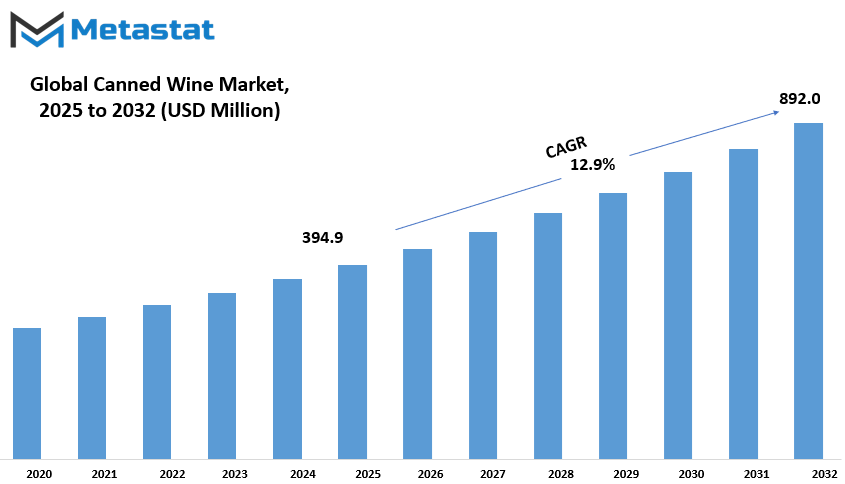
GROWTH FACTORS
The recent global canned wine market is taking a considerable turnaround owing to the growing demand for either convenience or portability. Consumers want easy-vacating beverages that match their busy lifestyle. Canned wine caters to this demand; it provides a portable and convenient contrast to glass bottles. This convenience is essential for people who enjoy wine but want to avoid the bulkiness and fragility of glass. Being able to take canned wines to outdoor events, at picnics, and even on road trips adds to their customer appeal.
Besides, sustainability consciousness has soared, and this factor significantly drives the development of the cans market for wines. Cans in general are more eco-friendly than glass bottles: they are lighter and easy on energy in production, while also being almost 100 percent recyclable. Sustainability considerations are pulling consumers towards canned wine, especially the younger set, who are more conscious about reducing their carbon footprint.
Though other factors are sustaining the growth of canned wines, there exist a few challenges that may affect their acceptance in the longer run. One factor against the canned wine is its limited aging potential. While in a bottle, the wines are said to age and improve on flavor; in a can, wines are much younger when they are consumed, thus limiting their appeal among connoisseurs who sincerely enjoy this characteristic. Therefore, a good number of traditionalists may feel discouraged from fully accepting canned wines as a viable long-term option.
Perceived quality harms the growth of the canned wine market, too. A fair portion of consumers is still in the mindset of viewing canned wine as less quality compared with bottled wines; therefore, they are quite hesitant to trying it. Changing the public perception, however slowly, presents a challenge that the manufacturers need to overcome to win over more customers. Educational and awareness campaigns will be central to changing this perception and making it known that canned wine can really be an enjoyable experience.
In spite of these present challenges, the canned-wine market has immense opportunities for growth. This expanding market share due to shifting consumer preferences and increased availability of canned wines in retail stores may yield great opportunities in the near future. With new brands entering the market and improving the quality of their products, the future for the canned wines market looks bright and promising, with an enormous number of choices on conventional store-shelves for consumers.
MARKET SEGMENTATION
By Type
The global canned wine market is booming, and the growth rate is accelerating with different factors contributing to the cause of its popularity. The market is divided into categories based on the type of wine. Among the growing canned wine market segments, sparkling wine constitutes a major chunk, with an estimated market value of $258.7 million. The increasing appeal of the segment stems from the convenience factor and the rise in demand for portable and ready-to-drink products. Sparkling wine is chosen for its casual events and gatherings and outdoors due to its easy packaging, as it can be carried around and enjoyed without glass bottles or traditional wine glasses.
Fortified wine is another segment in the canned wine category. While the market for fortified wines is smaller when compared to sparkling wines, it still retains a good share. Drinkers of fortified wines such as port or sherry generally prefer drinking for taste and perhaps the higher alcohol content. Thus, their representation in the canned wine market adds diversity to the choice set with which consumers get to play, appealing to those who want bolder wines or those with a higher alcohol content. Fortified wine, for now, presents itself as an exciting offer for those who would like something a little more traditional but with modern packaging that is friendly to their on-the-go lifestyle.
Sparkling and fortified wines, along with the rest of the wines canned, give opportunities to cater to different tastes. This includes varieties that do not fall under the traditional classification of sparkling or fortified wines. This "other" section has been growing as winemakers roll out new taste profiles and blends and packaging formats to appease an increasingly adventurous younger clientele. Canned wines are diversifying away from the traditional wine offerings as taste trends change and consumer preferences evolve, catering to a wider demographic.
On the whole, the world canned wine market is further segmented along several lines, serving diverse consumer needs and preferences. With sparkling wines dominating the market and making a huge contribution to the total market value as an exclusive segment, fortified wines with a number of varieties add to ensuring that there is something for the world of canned wine. In the ongoing convenience portable trend, it is also seen that canned wine will continue to grow with the need of modern consumerism.
By Sales Channel
Adapting changes in consumer demand and the need for convenience in travel with alcoholic beverages, the canned wine market has mushroomed over the years. This sub-market, too, is classified under various sales channels, each satisfying a different customer need. Some main sales channels for canned wine are supermarkets and hypermarkets, online, and other stores.
Supermarkets and hypermarkets are among the most important retail outlets for canned wine. These stores usually have a wider image of products and serve as the everyday shopping platforms for a majority of consumers. Hence, the can shows up among the products that consumers can conveniently grab while doing their grocery shopping in these larger retailers. As almost every shopper shops at these stores, selling of canned wines will certainly capture most customers. Since it provides varied varieties and brands under one roof, it also gives consumers the opportunity to try new ones and discover products suitable for them.
Conversely, the sales channel through the internet has continuously increased in fame, mainly because of the increasing rate of uptake of online shopping. It enables customers to explore a broader range of canned or bottled wines without stepping out of their premises. Certainly, this is one of the key drivers lifting online sales. Customers can compare various brands and prices, while the product will then be delivered straight to their homes. The online channel also enhances the shopping factor through personal recommendations based on previous purchases. Most of these online platforms have other promotional discounts and offers, which entice cost-conscious purchasers for value.
Others are convenience and specialty retailers, which also get into the global canned wine market. Convenience stores mostly are for specific purposes, among which include quick shopping and impulse buys. Specialty retailers such as gourmet food stores or wine shops may offer selected types of canned wines and are more attractive to connoisseurs or to shoppers looking for higher quality.
Therefore, the global canned wine market is being widened across several sales channels. Supermarkets and hypermarkets offer accessibility and a wide variety; the internet offers convenience and tailored shopping experiences, while the others cater to unique consumer needs; hence, all of these significant sales channels improve the platform for fulfilling diverse consumer demands and further driving the upcoming growth of the canned wine market.
|
Forecast Period |
2025-2032 |
|
Market Size in 2025 |
$394.9 million |
|
Market Size by 2032 |
$892.0 Million |
|
Growth Rate from 2025 to 2032 |
12.9% |
|
Base Year |
2024 |
|
Regions Covered |
North America, Europe, Asia-Pacific, South America, Middle East & Africa |
REGIONAL ANALYSIS
The global canned wine market is segmented regionally into North America, Europe, Asia-Pacific, South America, and Middle East & Africa. In North America, the market is segmented on the basis of the three key countries: the United States of America, Canada, and Mexico. In Europe, large markets are primarily based in the United Kingdom, Germany, France, and Italy; the rest of Europe comprises all other countries in the region. Asia-Pacific, in turn, is segmented into India, China, Japan, and South Korea, and all countries in the Asia-Pacific apart from these are classified as Rest of Asia-Pacific. From the South American point of view, Brazil, Argentina, and another (Rest of South America comprise other countries). The last division pertains to the Middle East & Africa, which divides the area into GCC countries, Egypt, South Africa, and all other countries within that area.
For each of these areas, there are unique dynamics and their segmentation would enhance better assessments of market trends, growth opportunities, and challenges for businesses and investors. Such multiplicity shows that the markets have different preferences and consumer behavior which will in turn influence the demand for canned wine in different regions. For example, the North American market, with its ever-growing wine culture, may have very different consumption patterns from the emerging markets in Asia-Pacific or South America.
Canned wine demand will grow more rapidly, particularly in some regions, due to shifting consumer preferences and greater consumer awareness of the convenience and portability of such products. The market will, however, carve out the need for dynamic adjustment of business strategies so as to tailor them with the respective characteristics and associated complexities of the distinct regions since, as the segments expand, they will become increasingly significant. For example, in the case of the Middle East & Africa, the region will probably be faced with different types of regulatory hurdles or levels of market acceptance than in North America or Europe, where canned wine is more established.
Overall, geographical segmentation of the global canned wine market reflects the great variety of consumer preferences and opportunities in different regions. In turn, each of these regions will possibly contribute to the overall market growth in rather unique fashions conditioned by culture, economy, and social factors. These regional markets will be crucial to capture in future for any business interested in taking advantage of the growing demand for canned wine.
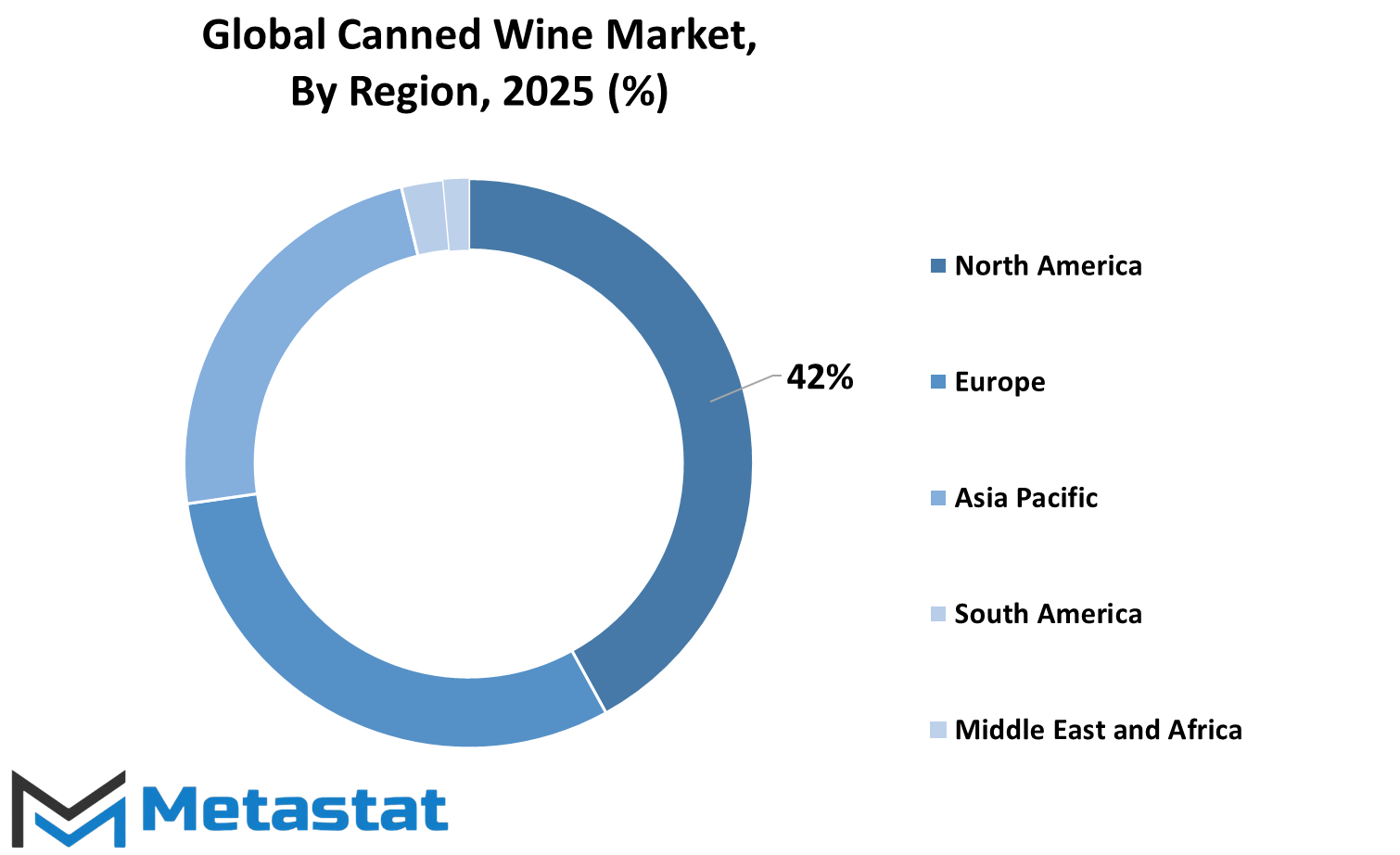
COMPETITIVE PLAYERS
The canned wine market on a global scale is growing immensely as many consumer preferences have changed over the years and demand for convenience and portable beverages has greatly increased. With wine-drinking pleasures brought to a close with the opened neck, canned wine was fast catching on since it is the most easily accessible and convenient among all beverage options, with a taste and quality we cannot seem to compromise. Accordingly, the numbers of wine producers tapping into this market are on the rise to meet, if not exceed, burgeoning worldwide demand.
Some of the big names and innovative brands in the canned wine industry are known for their brands of wines. For instance, the dominant U. S. wine producer, E & J. Gallo Winery, has added canned wines to its collection. Fresh into the industry is Sans Wine Co. and Precept Wine, LLC with canned wine products that will serve consumers with convenience. Some relatively smaller, but also notable, wineries such as Old Westminster Winery and AVA Grace Vineyards actually recognize the trend and pack their wines in cans to appeal to a younger, more vibrant customer base.
Open said, "Bridge Lane Wine and Sula Vineyards are two of the well-established brands in the grape business that have ventured into canned wines." Vintage Wine Estates, which includes wines from various regions in the country, is joining in. It is a well-known fact that grapes are a harvest of Francis Ford Coppola Winery, which produces premium wines but now has grown into producing some wines in Cans to suit the trend.
Other well-known players include Constellation Brands, Inc. (with its Archer Roose brand) and Graham + Fisk's Wine-In-A-Can, who head the pack producing innovative new canned wines for diverse palates and taste buds. The designs of Canned Wine Co. and Union Wine Company clearly shown market potential through their attractive and eye-catching cans. Market development has been supported by The Infinite Monkey Theorem and Onward Wines. Though not so large-scale on the market, they are carving their niches through user-friendliness and extemporaneousness quality with regard to their products.
Wherever the pressure from cans manifests itself, it will not be purely the convenience; it will represent much more how wine is actually shifting in the mindset of a consumer. No more with unpleasant memories and confined within a glass bottle with the thought process that is techno-gross, wine will again be redefined as the product that will cater to more flexible, even accessible, terms of release. New entries will continue to emerge with creativity and diversity in options that will expand this market further for wine drinkers. Thus, a combination of quality, portability, and a growing attraction to younger generations will likely ensure the continuing success of canned wine for many years.
Canned Wine Market Key Segments:
By Type
- Sparkling Wine
- Fortified Wine
- Others
By Sales Channel
- Supermarket & Hypermarket
- Online
- Other Stores
Key Global Canned Wine Industry Players
- E & J. Gallo Winery
- Sans Wine Co.
- Precept Wine, LLC
- Old Westminster Winery
- AVA Grace Vineyards
- Bridge Lane Wine
- Sula Vineyards
- Vintage Wine Estates
- Francis Ford Coppola Winery
- Constellation Brands, Inc. (Archer Roose)
- Graham + Fisk's Wine-In-A-Can
- Canned Wine Co.
- Union Wine Company
- The Infinite Monkey Theorem
- Onward Wines
WHAT REPORT PROVIDES
- Full in-depth analysis of the parent Industry
- Important changes in market and its dynamics
- Segmentation details of the market
- Former, on-going, and projected market analysis in terms of volume and value
- Assessment of niche industry developments
- Market share analysis
- Key strategies of major players
- Emerging segments and regional growth potential



.png)
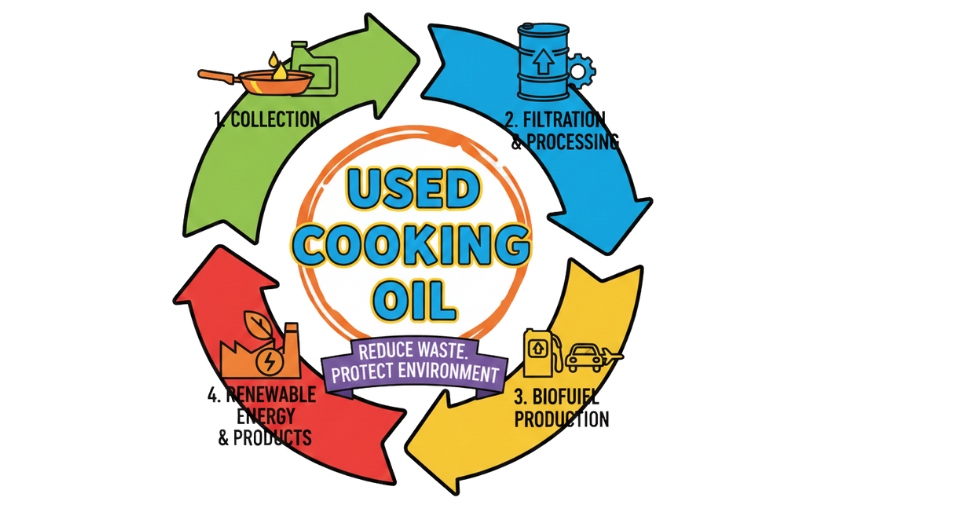
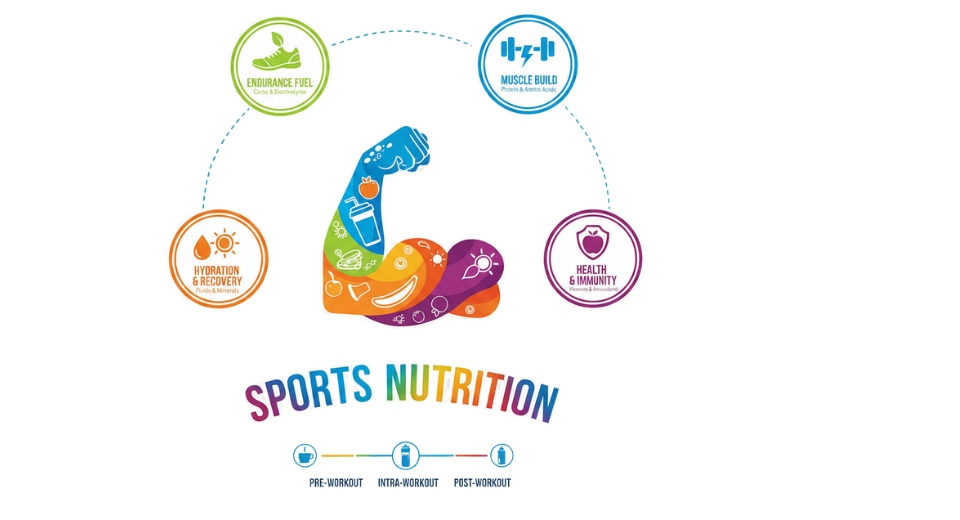
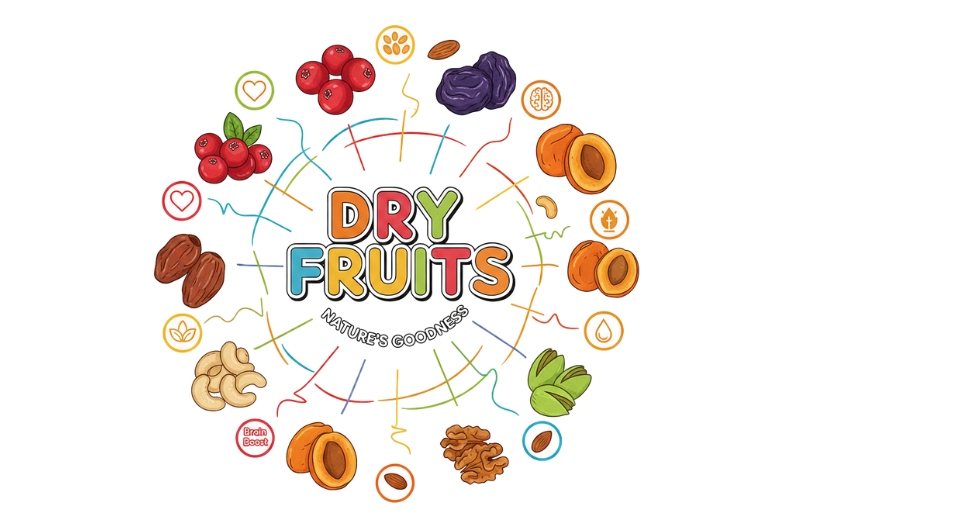

 US: +1 3023308252
US: +1 3023308252






